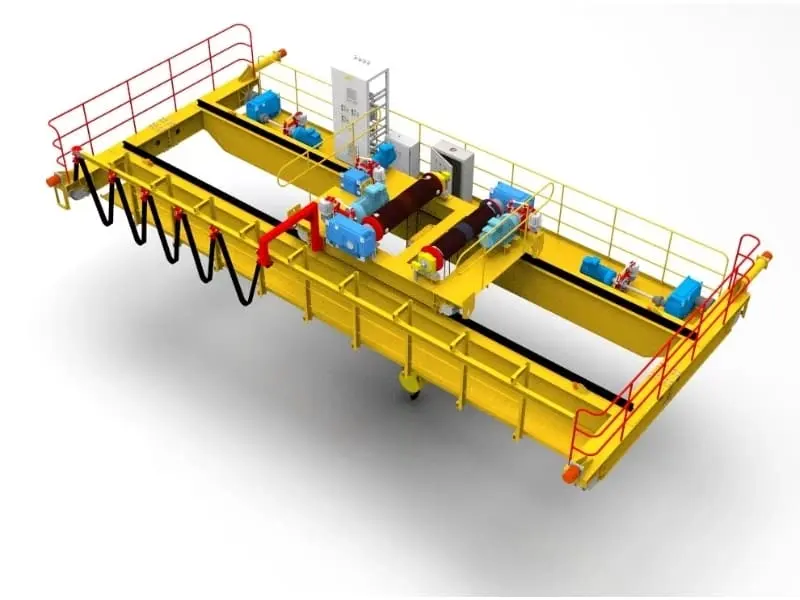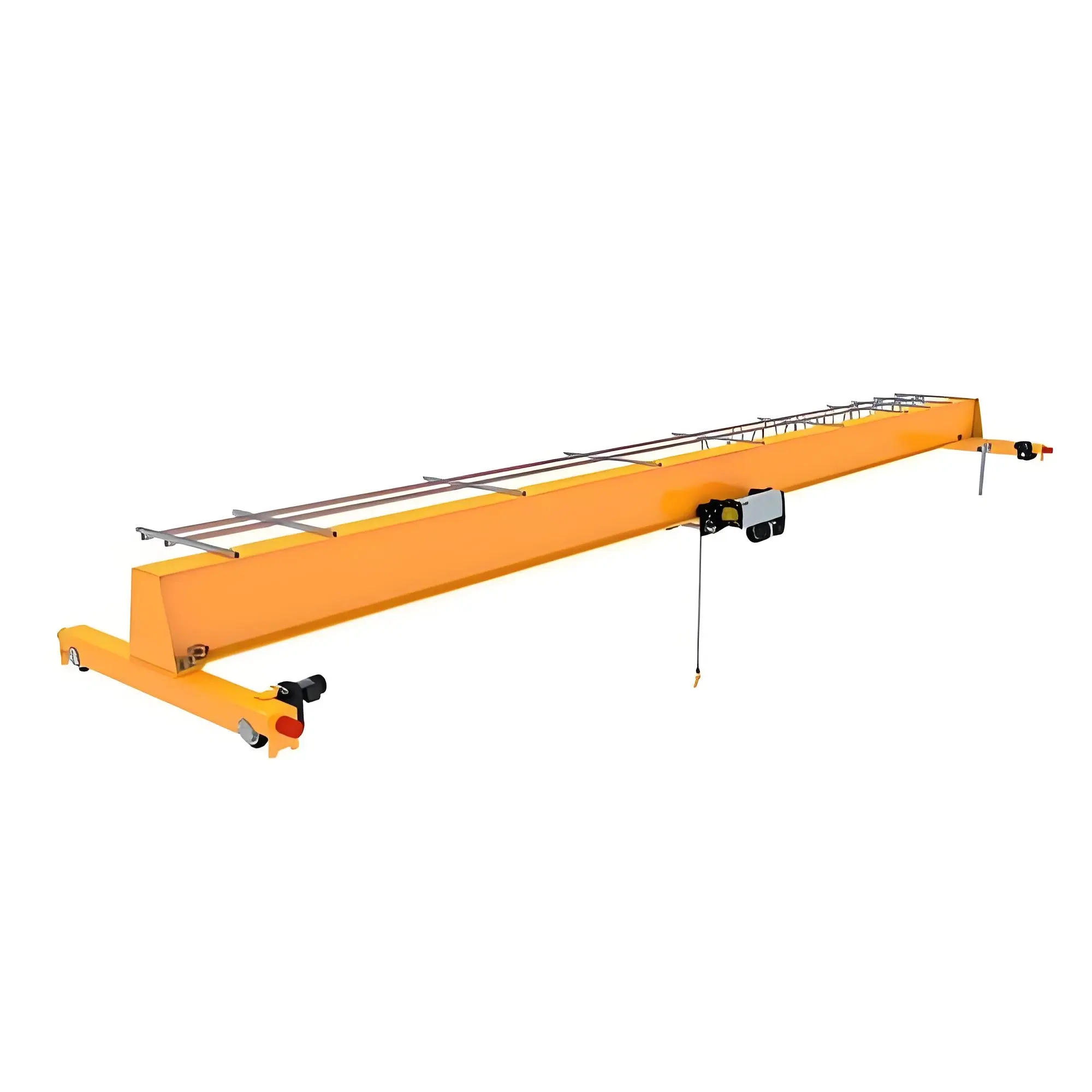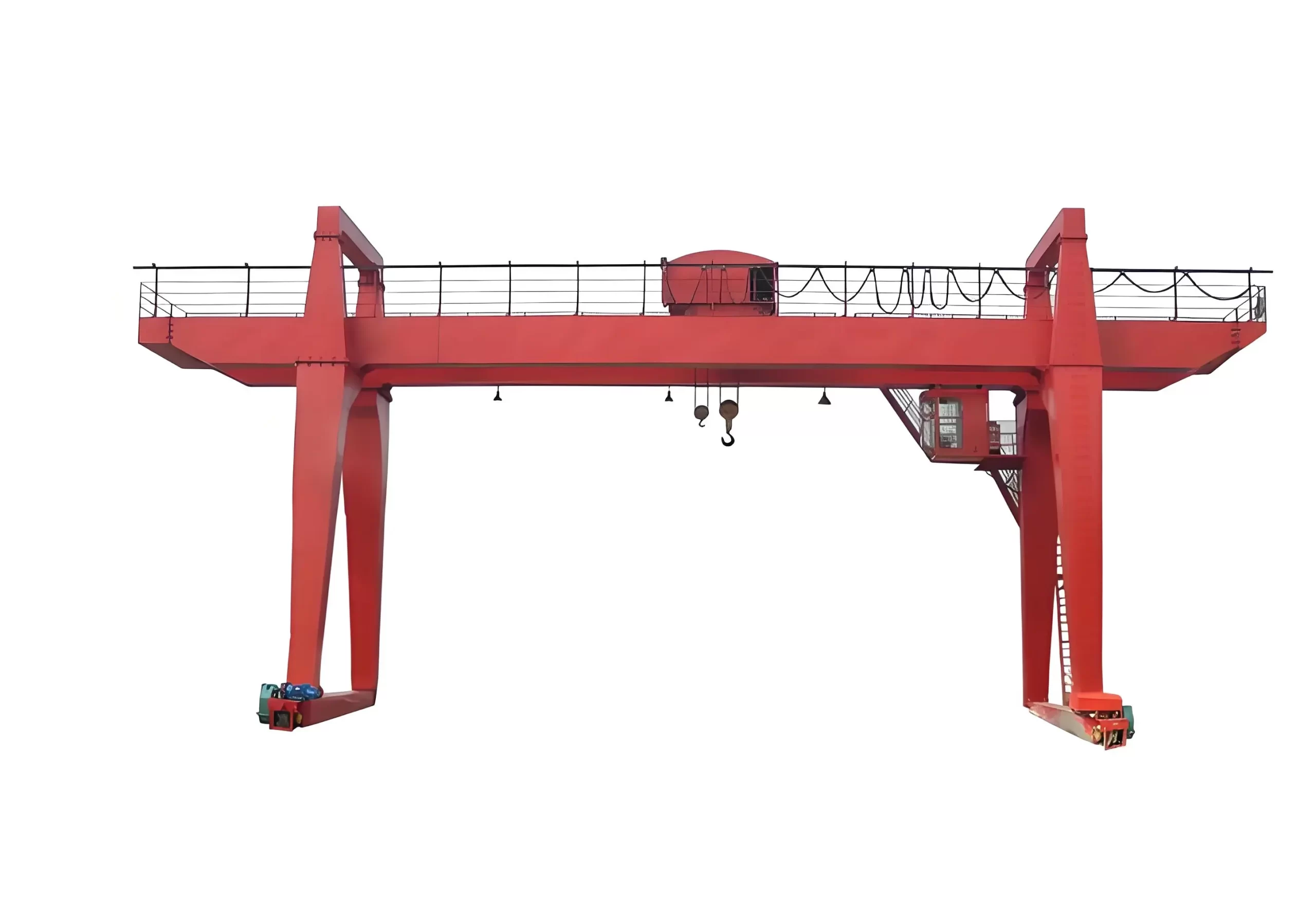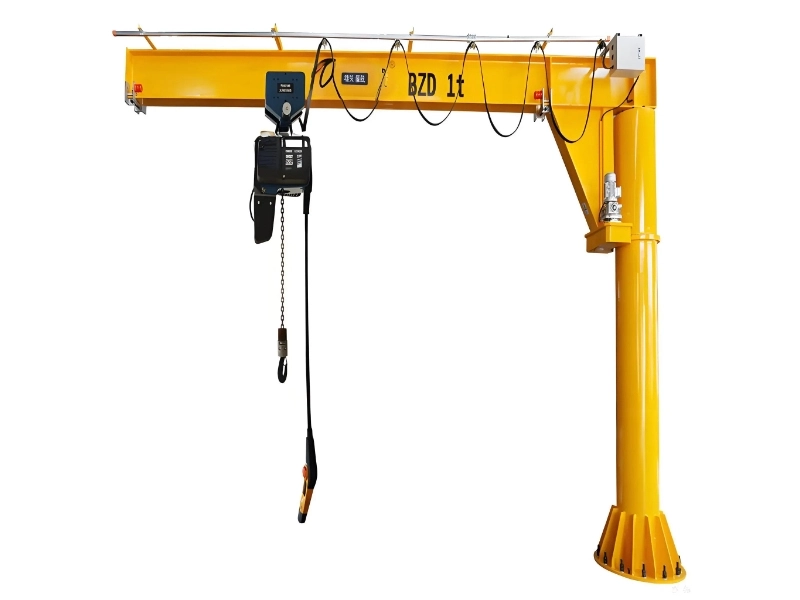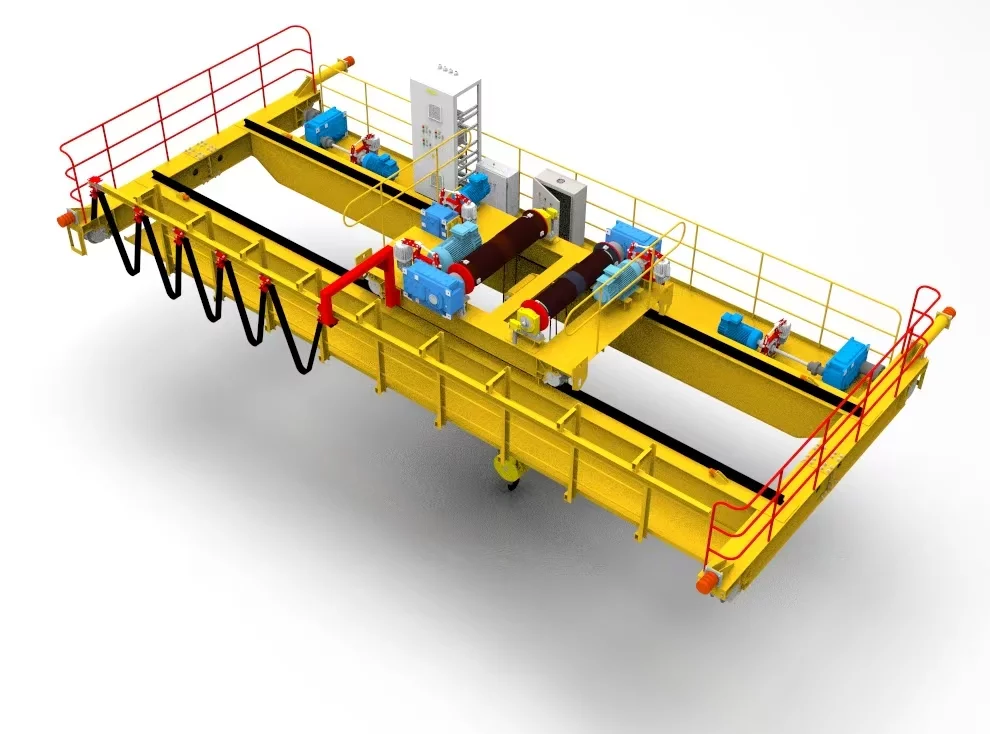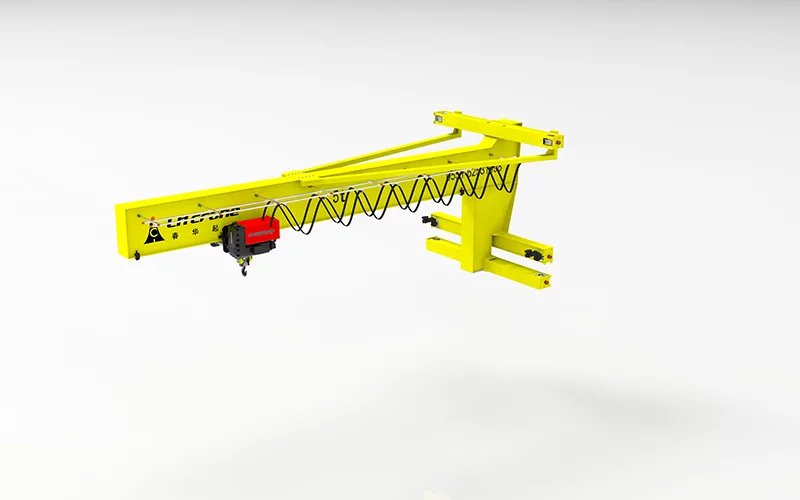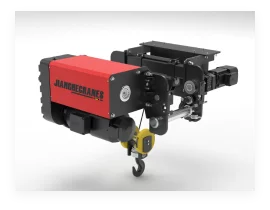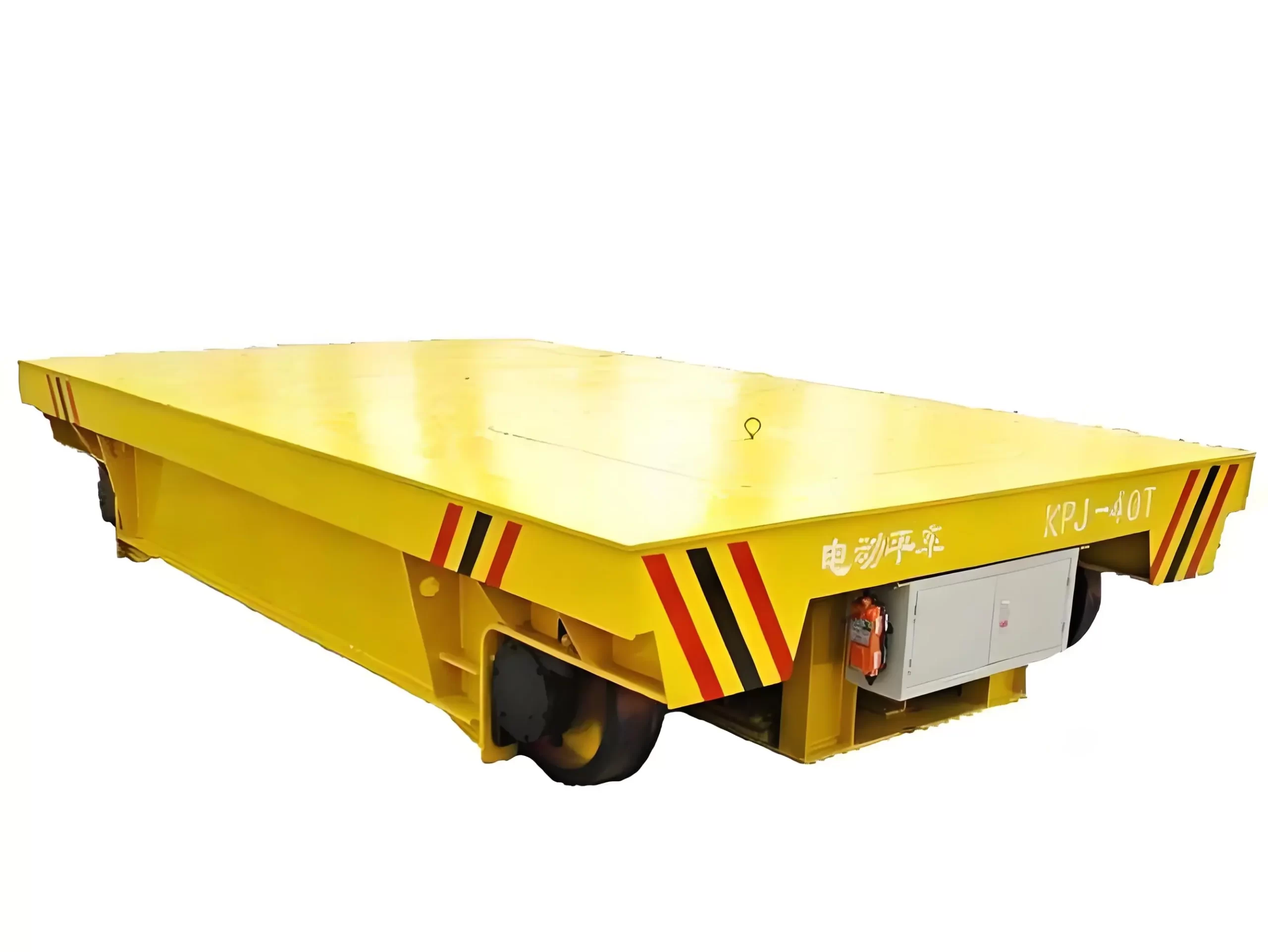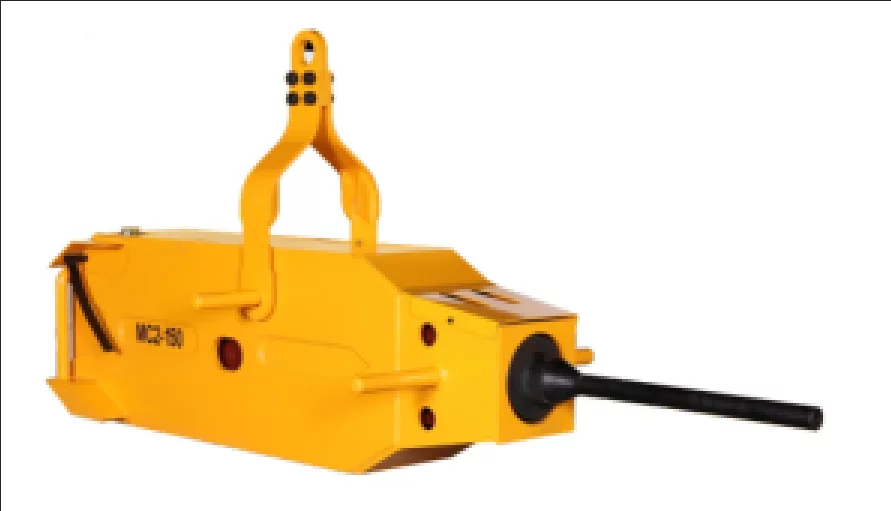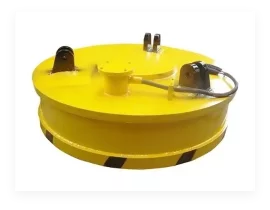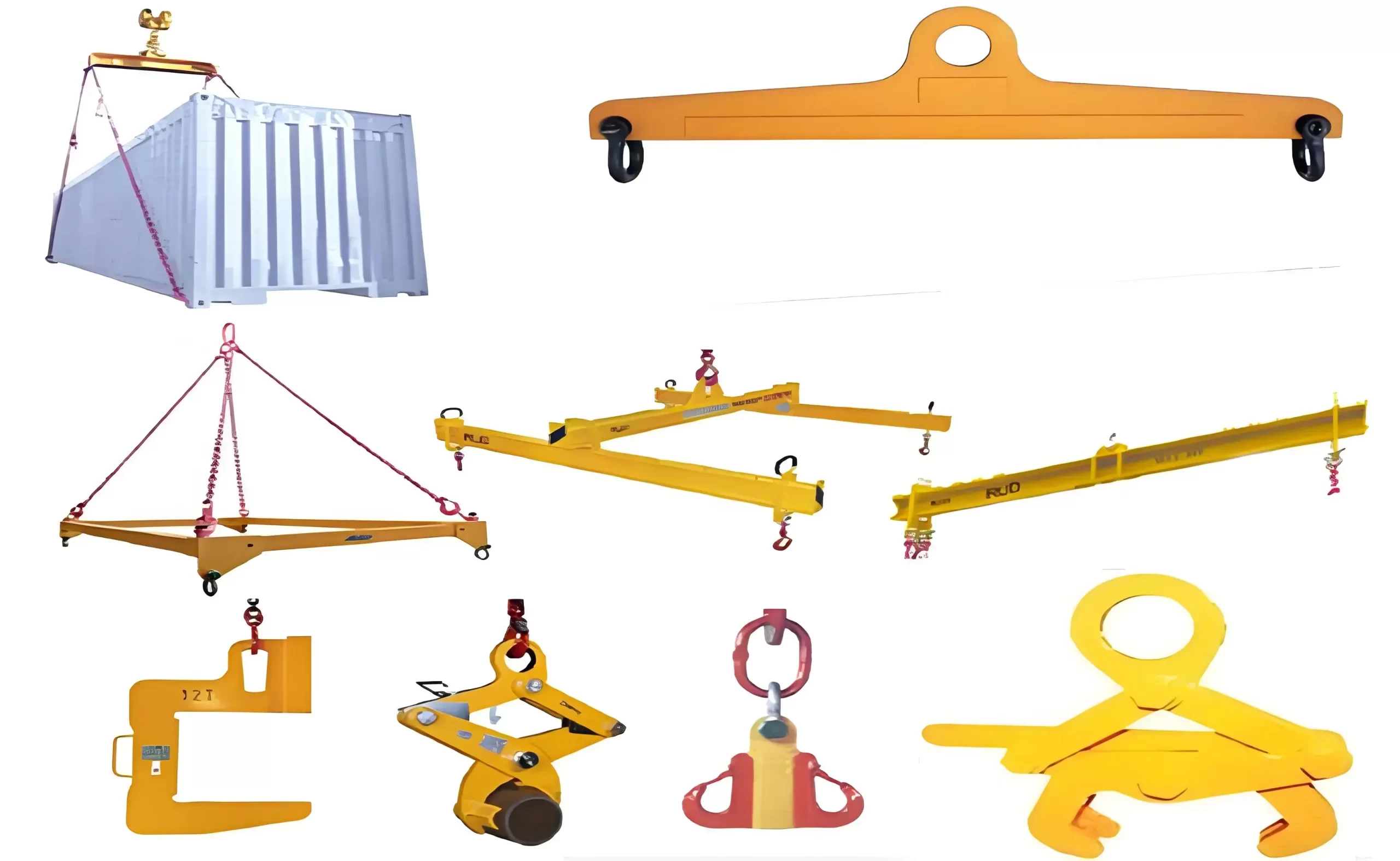-
20
2025/03
Several common types of suspension cranes
There are many types of suspension cranes, each with different designs and uses to suit different working environments and needs. Common types of suspension cranes: Suspended bridge crane Features: Suspended bridge cranes are usually supported by two rails, with the boom suspended on the bridge and can move laterally between two supporting points. Application: Widely used in workshop production lines, warehouses, steel mills, shipyards and other places. Single girder suspension crane Features: The cra...
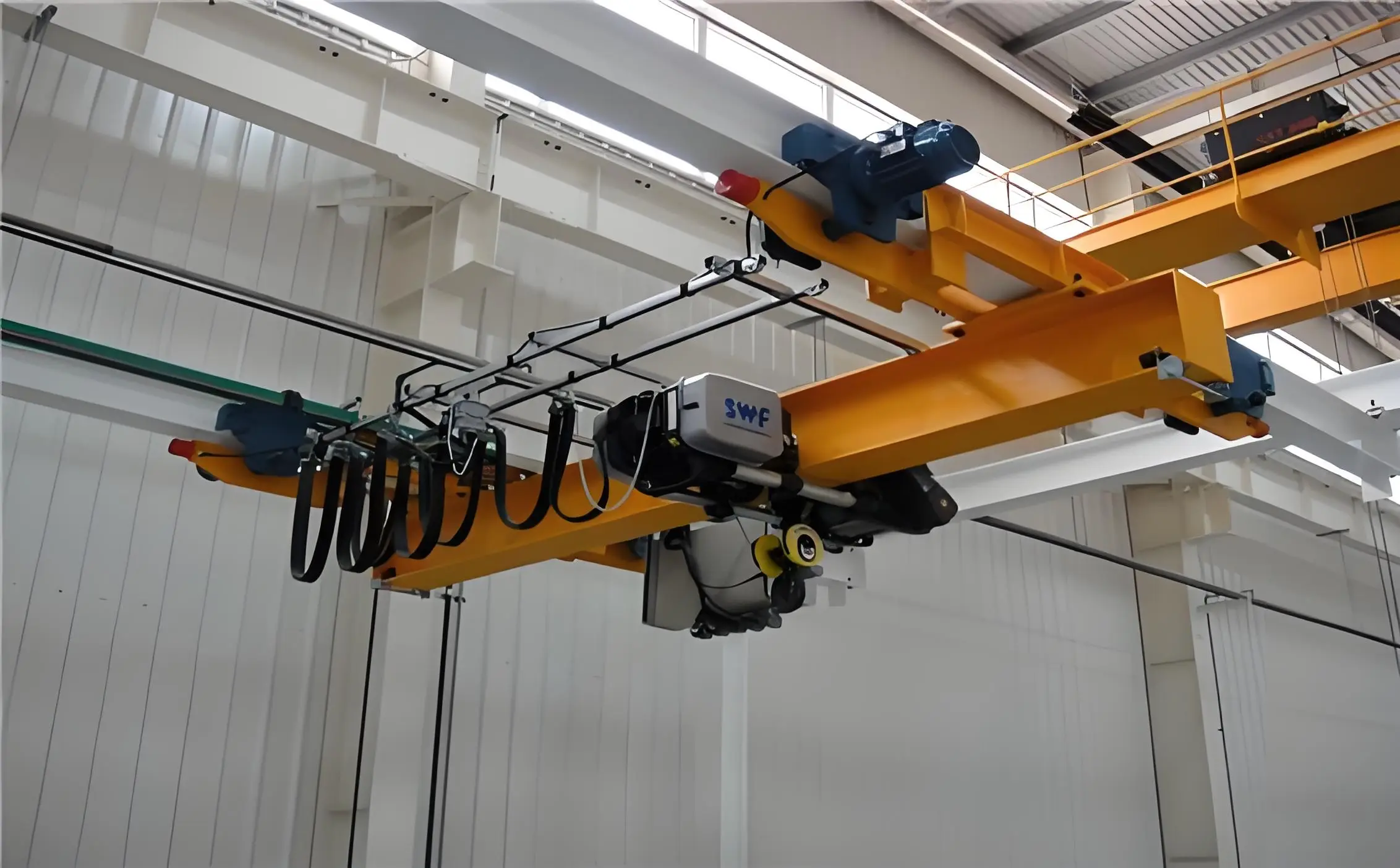
-
05
2025/03
What are the product advantages of suspension crane equipment?
Suspension crane is a commonly used lifting equipment, which is widely used in various industrial and construction fields. Product Advantages Save space Suspension design: The boom of the suspension crane is suspended in the air, which does not need to occupy ground space, effectively utilizing the limited working area, and is particularly suitable for use in small spaces. Wide coverage area: The highly flexible suspension crane allows the crane to cover a larger working range and has strong adaptability. ...
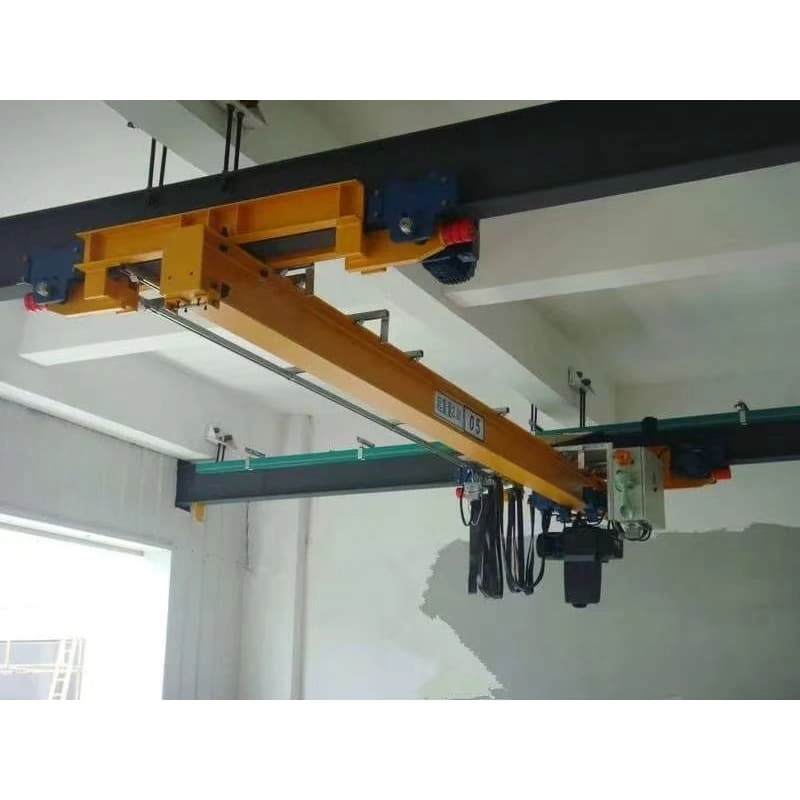
-
25
2025/02
Suspension crane load capacity and stability
The load capacity and stability of a suspension crane are two important factors in its design and use, which directly affect the safety and efficiency of operation. Load capacity: Design load capacity: The load capacity of a flexible suspension crane is usually determined by its structure and the materials used. Its design load capacity can range from a few tons to tens of tons, depending on the model of the crane, the manufacturer and the requirements of the working environment. Influence of working condition...
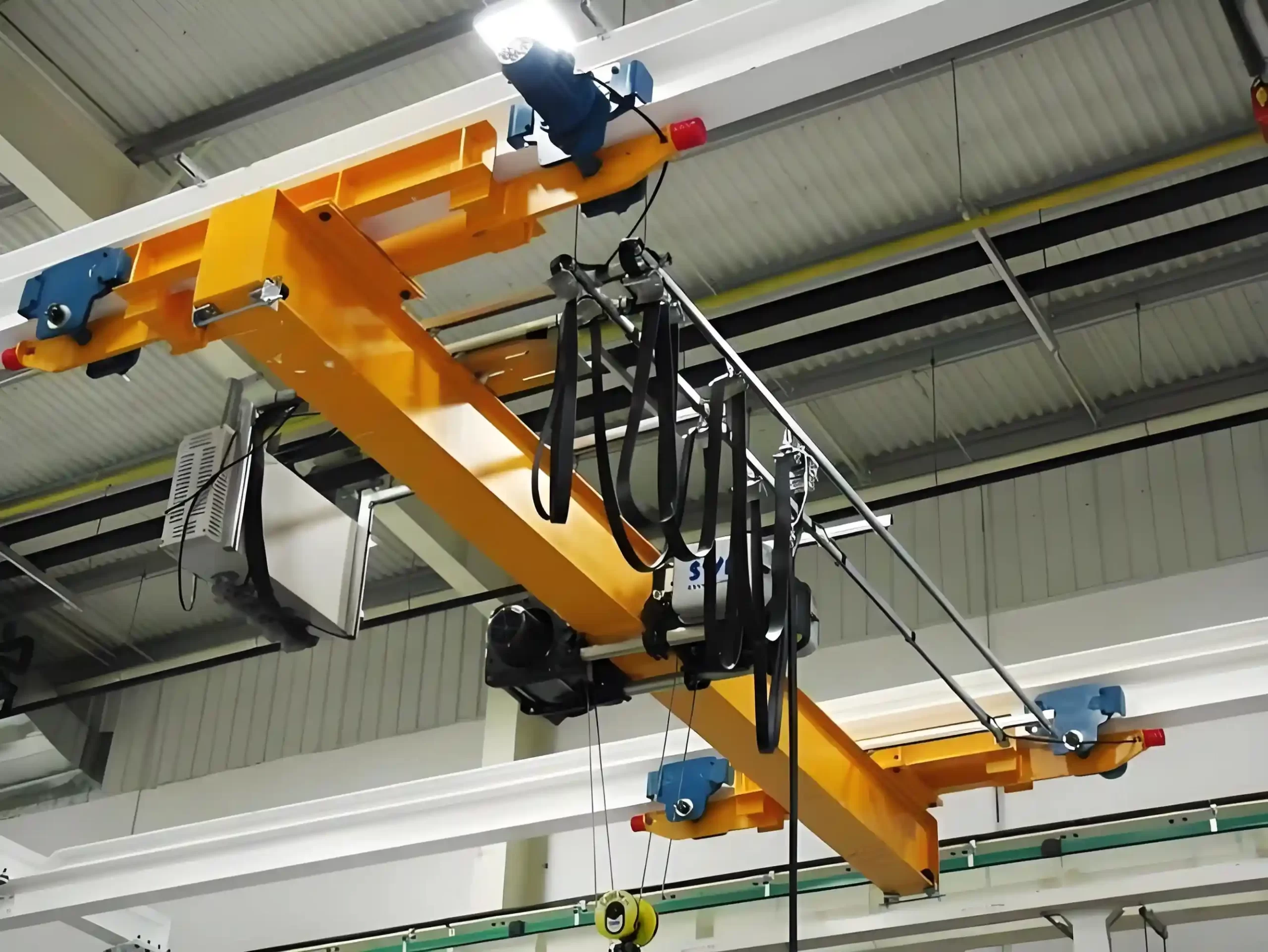
-
11
2025/02
Jib Crane VS Suspension Crane
The comparison between jib crane and suspension crane is mainly reflected in the following aspects: Structural design: Jib crane: It has a fixed support arm, one end of the arm is fixed by a support column, and the other end is used to lift the load. It is usually used for operations in smaller spaces such as factory workshops and warehouses. Suspension crane: The load part of the single-beam suspension crane is suspended in the air by hanging and moved by tracks or rails. It is usually used in large construction...
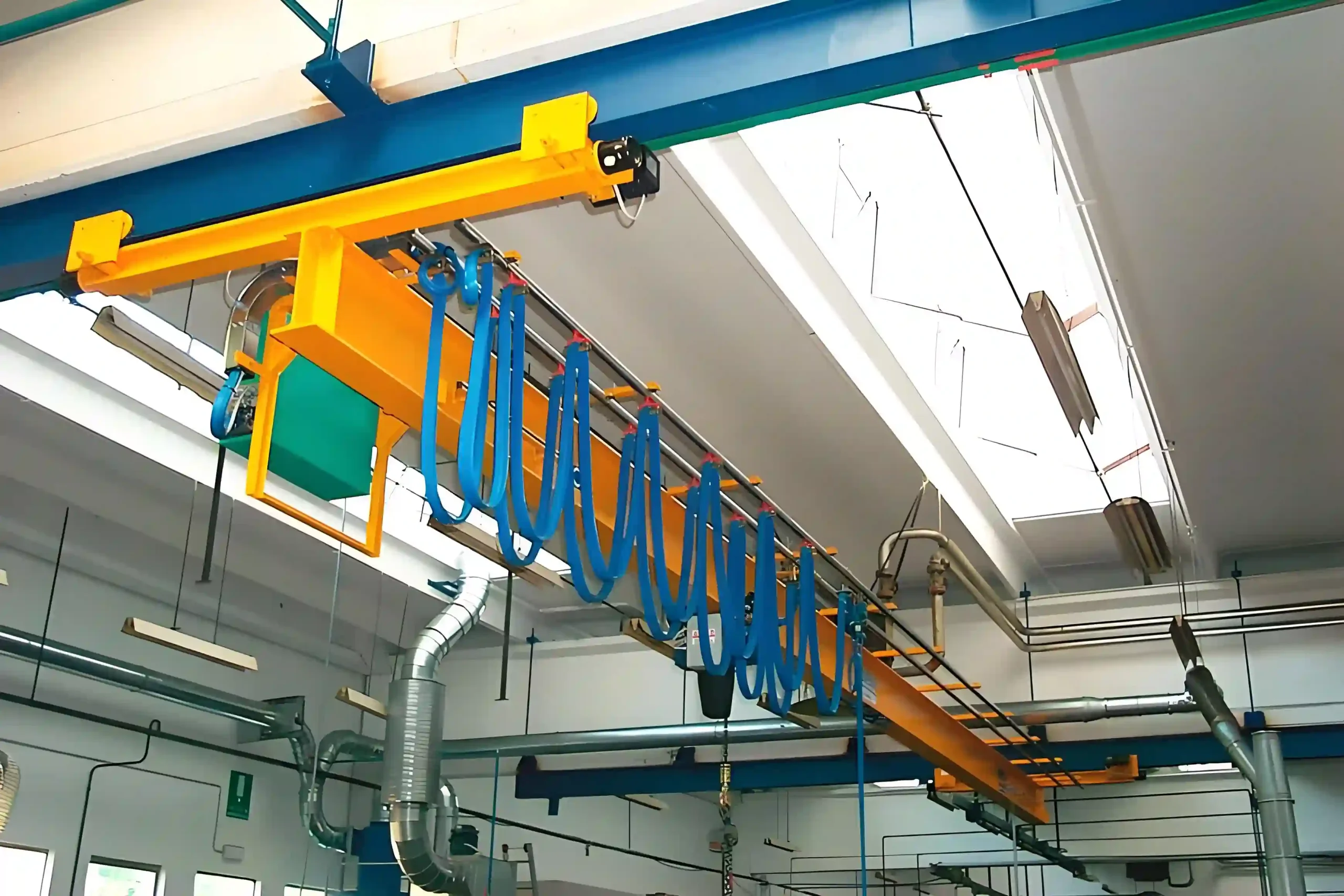
-
17
2025/01
Application areas of automated cranes
Application areas: Port and shipping industry In large ports, automated cranes can achieve unmanned operation through intelligent control systems, automatically completing tasks such as stacking, moving, loading and unloading of containers. Improve operating efficiency and reduce safety risks caused by manual operation. Intelligent automated crane are equipped with Internet of Things technology to monitor equipment status in real time, perform fault diagnosis and early warning, and improve port operation efficienc...
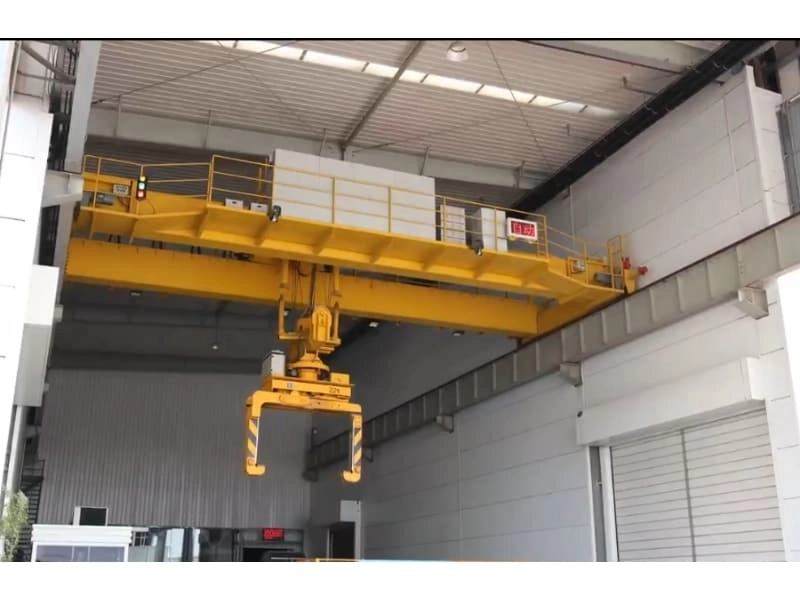
-
06
2025/01
Gantry Crane: An Efficient Solution for Industrial Material
A gantry crane is a type of crane that is used in various industrial environments for lifting and moving heavy materials. It operates by traveling along a track and is typically used in industries such as shipping, construction, manufacturing, and logistics. Below are some key reasons why gantry cranes are considered an efficient solution for industrial material handling: 1. Versatility and AdaptabilityDifferent Types of Loads: Gantry cranes can handle a variety of loads, from heavy construction materials to shipping contai...
